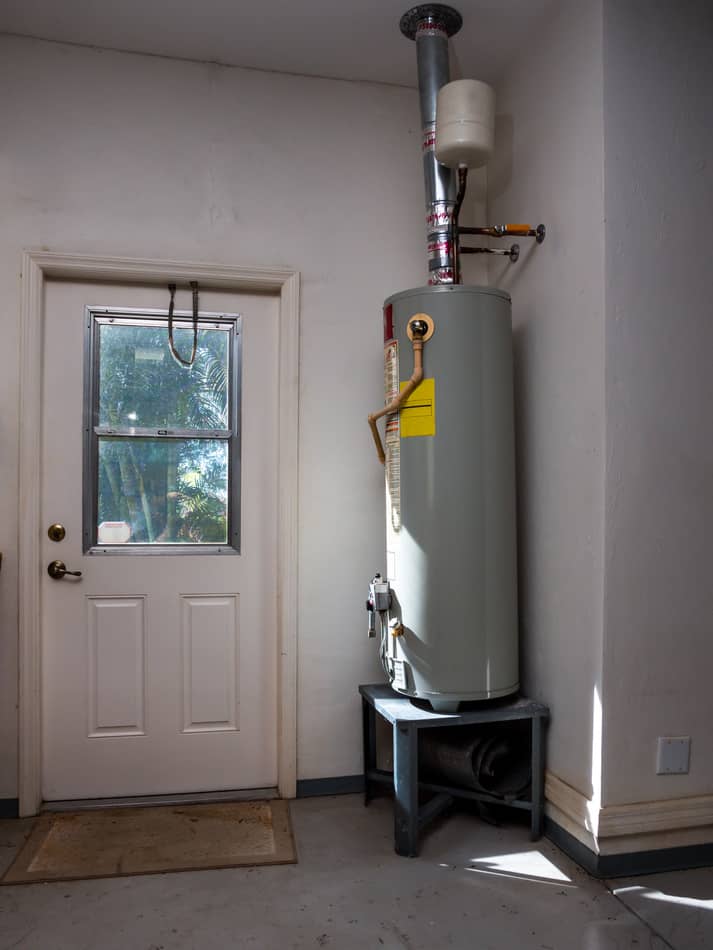Step-by-Step Guide to Maintaining Your Home's Hot Water System
Call TodayRight here in the next paragraphs you can locate a bunch of sensible facts regarding How to Maintain a Hot Water Heater in a Few Simple Steps.

Warm water is vital for daily convenience, whether it's for a refreshing shower or washing recipes. To ensure your warm water system runs efficiently and lasts longer, regular maintenance is vital. This article supplies practical suggestions and understandings on how to keep your home's hot water system to prevent disturbances and costly repair work.
Intro
Keeping your home's hot water system could appear difficult, yet with a few easy actions, you can guarantee it operates efficiently for many years ahead. This overview covers whatever from recognizing your warm water system to DIY upkeep tips and knowing when to hire professional aid.
Importance of Maintaining Your Warm Water System
Regular maintenance not only prolongs the life expectancy of your warm water system however likewise ensures it operates effectively. Ignoring upkeep can bring about lowered performance, greater energy costs, and also early failing of the system.
Indicators Your Warm Water System Needs Maintenance
Understanding when your hot water system needs focus can avoid major problems. Keep an eye out for signs such as inconsistent water temperature level, unusual noises from the heater, or rusty water.
Flushing the Water Heater
Purging your water heater removes sediment buildup, boosting performance and lengthening its life.
Monitoring and Changing Anode Rods
Anode poles stop rust inside the storage tank. Examining and replacing them when worn out is essential.
Complex Issues Requiring Specialist Aid
Instances include major leakages, electric issues, or if your water heater is regularly underperforming.
Routine Specialist Upkeep Advantages
Professional upkeep can consist of complete assessments, tune-ups, and guaranteeing compliance with safety and security requirements.
Examining and Adjusting Temperature Setups
Changing the temperature setups makes sure optimal efficiency and security.
Do It Yourself Tips for Upkeep
You can carry out numerous maintenance tasks on your own to keep your warm water system in leading condition.
Looking for Leaks
Regularly evaluate pipes and links for leaks, as these can result in water damages and higher costs.
Comprehending Your Warm Water System
Before diving right into maintenance tasks, it's helpful to recognize the fundamental parts of your hot water system. Typically, this consists of the hot water heater itself, pipelines, anode rods, and temperature level controls.
Regular Monthly Upkeep Tasks
Regular regular monthly checks can help capture minor concerns before they intensify.
Testing Pressure Alleviation Valves
Testing the stress relief valve guarantees it functions properly and protects against excessive stress build-up.
Insulating Pipelines
Insulating warm water pipelines decreases warm loss and can conserve energy.
When to Call an Expert
While DIY maintenance is valuable, some issues need specialist knowledge.
Final thought
Normal maintenance of your home's warm water system is essential for effectiveness, durability, and price financial savings. By following these suggestions and recognizing when to seek expert assistance, you can make certain a dependable supply of hot water without unforeseen disturbances.
Water Heater Maintenance Tips
Test the TPR Valve
Shut off the power and the cold-water supply valve. Place a bucket under the pipe connected to the temperature-pressure-release (TPR) valve on the top or side of the tank. (This valve opens if the tank pressure gets too high.) Lift the valve’s tab to let some water out, then let go. If water keeps flowing, drain the tank partway, unscrew the old valve with a pipe wrench, and install a new one. Check the Anode Rod
Put a hose to the tank’s drain cock and let out a few gallons of water. Now fit a 1 1/16-inch socket onto the rod’s hex head on top of the heater (or under its top plate) and unscrew the rod. If it’s less than ½ inch thick or coated with calcium, buy a new one, wrap its threads with Teflon tape, put it back in the tank, and tighten securely. Use this segmented rod if headroom above the tank is limited. Drain the Tank and Wash Out Sediment
Drain the remaining water in the tank into the bucket, then stir up the sediment on the tank’s bottom by briefly opening the cold-water supply valve. Drain and repeat until clean water comes out of the hose. Close the drain cock, refill the tank, and turn its power back on. Adjust the Temperature
Find the temperature dial on the side of the tank and unscrew its cover. Adjust the dial to 120 degrees using a flathead screwdriver. For every 10 degrees the temperature is lowered, you can expect to save up to 5 percent in energy costs. Turn the water heater off or the thermostat down to its lowest setting if you plan to be away from home for more than three days. Insulate the Pipes
Buy some self-sticking 3/8-inch-thick foam pipe insulation that matches the pipes’ diameter. Slide the foam over the hot-and cold-water pipes as far as you can reach. Insulating the cold-water pipe prevents condensation in summer. Peel the tape and squeeze the insulation closed. If the pipe is 6 inches or less from the flue, cover it with 1-inch-thick unfaced fiberglass pipe wrap. https://www.thisoldhouse.com/plumbing/21016402/how-to-maintain-a-water-heater
:max_bytes(150000):strip_icc()/tankless-hot-water-system-in-the-basement-of-a-green-technology-home-529577258-77afda16fd494c6899a78000888c3204.jpg)
We were introduced to that write-up on What Kind of Maintenance Do Water Heaters Need? from a friend on a different domain. In case you liked our article please do not forget to share it. Thanks a bunch for being here. Don't hesitate to come visit our website back soon.
Get Quote